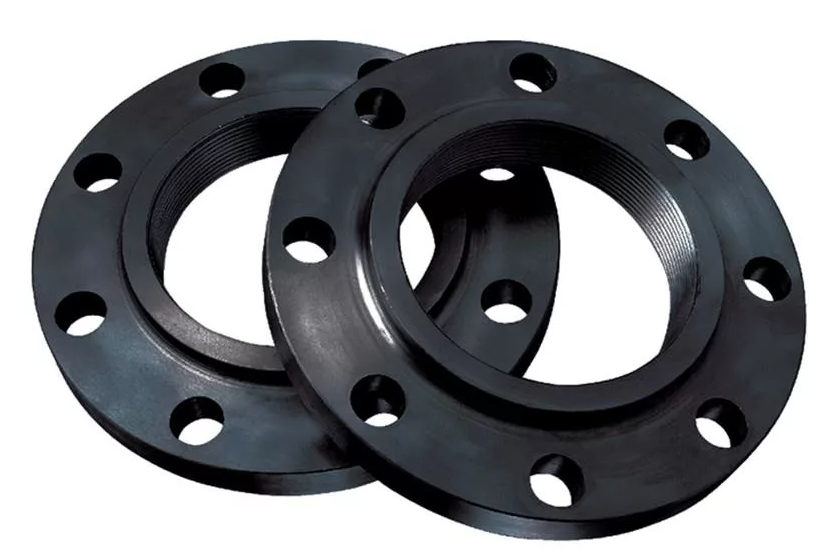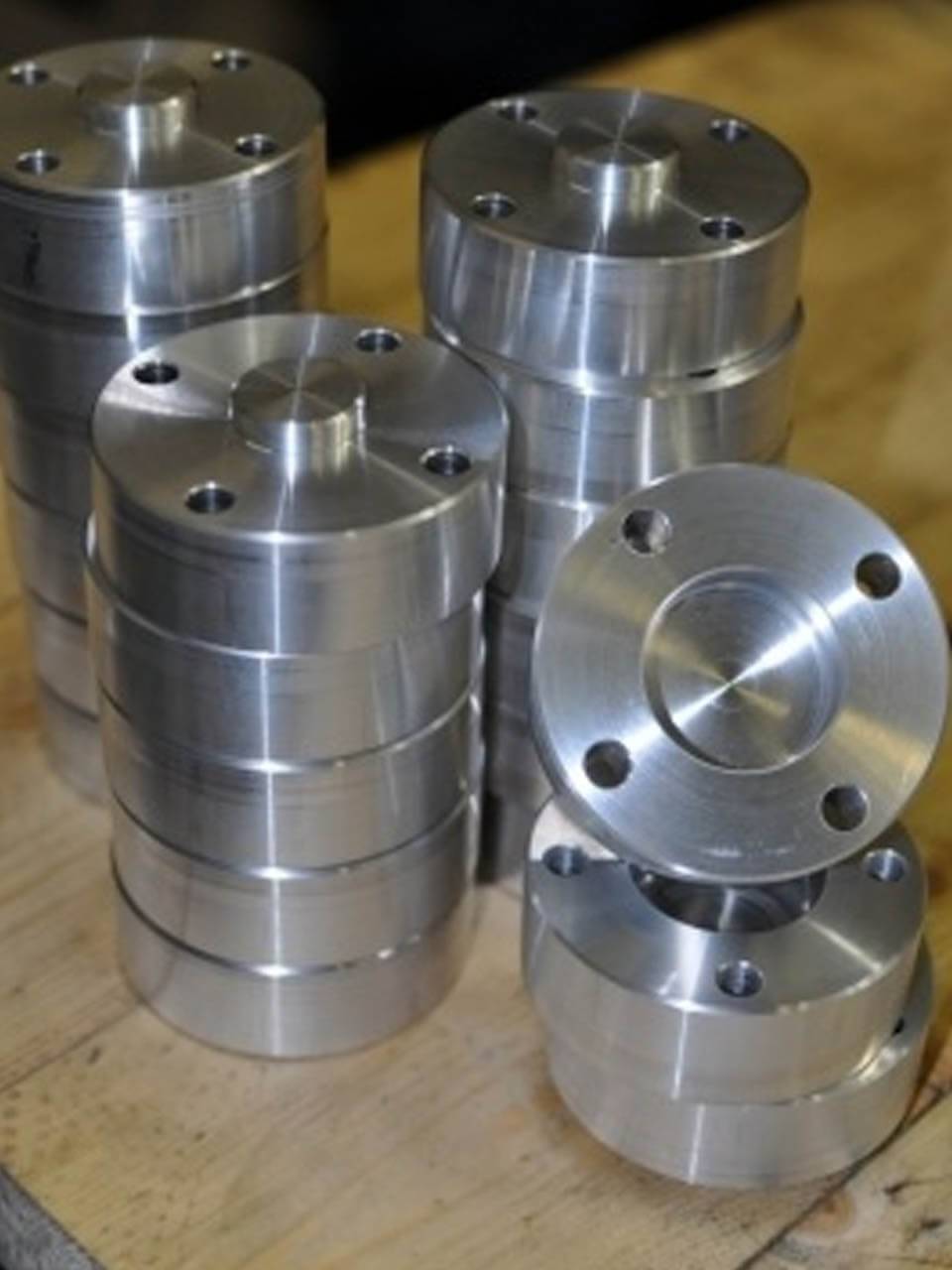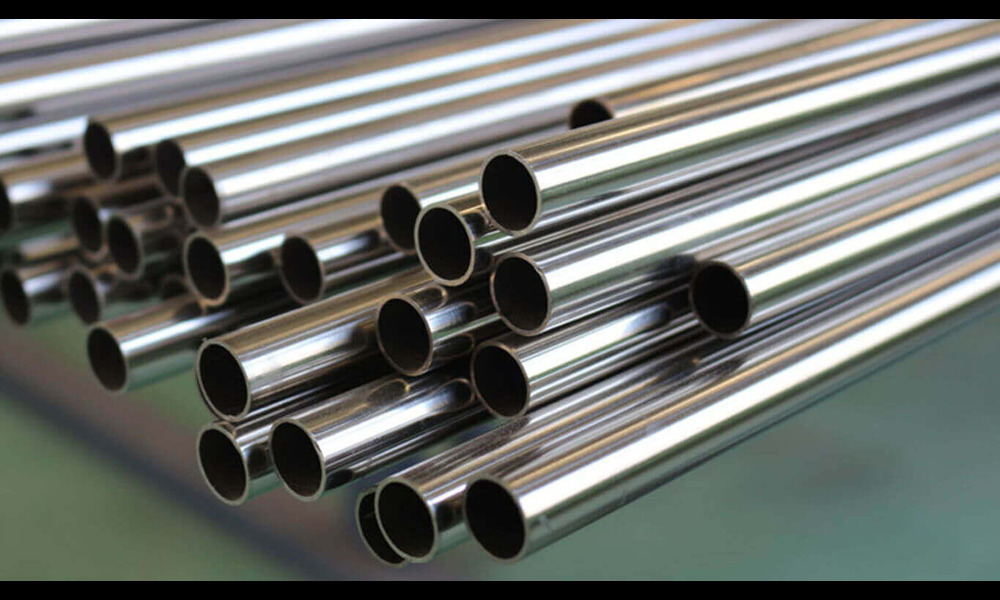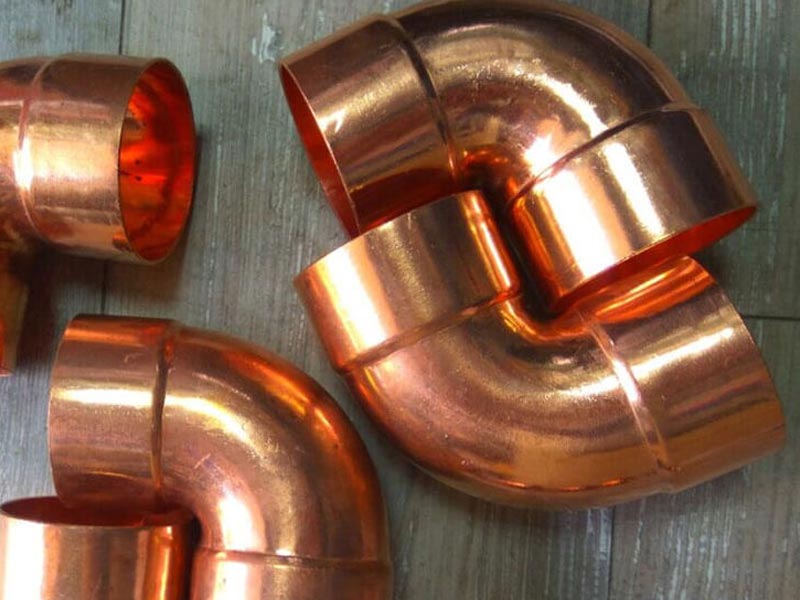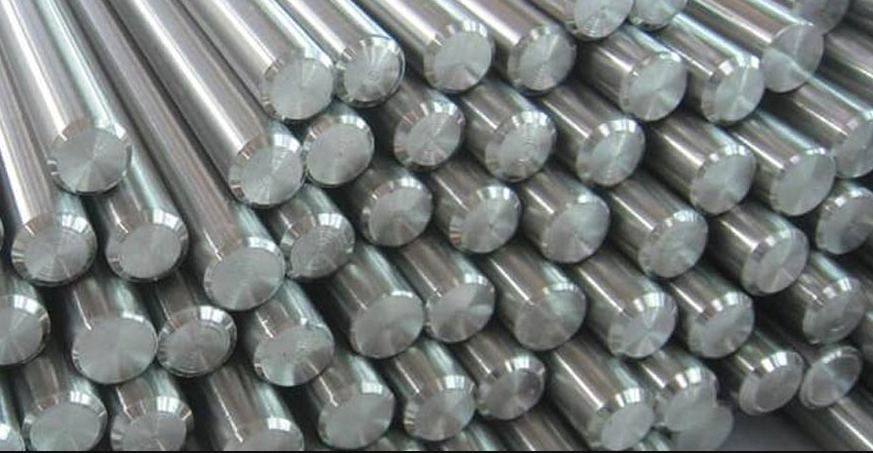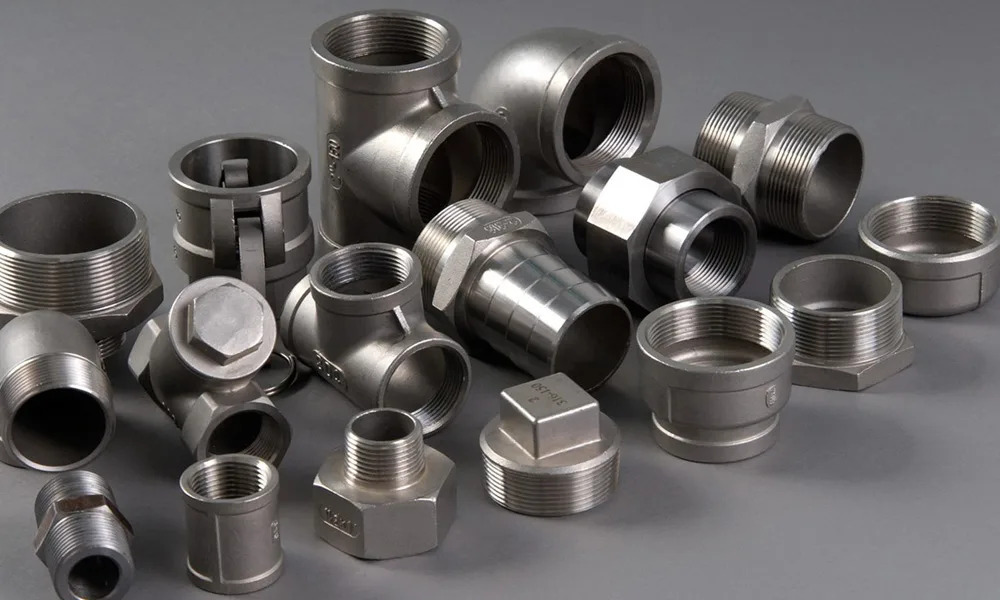If you work in manufacturing or plumbing, understanding what buttweld fittings are and how to use them properly can help maximize project efficiency. Buttweld fittings offer many benefits, including strength, reliability, leak resistance and cost savings over traditional welding methods. In this guide, we’ll explore the properties that make up these unique pieces of equipment, discuss their various uses and applications, plus detail their advantages compared with alternative solutions. Whether you need to know more about buttweld fittings or want to understand why they may be a valuable addition to your business operations, read on!
What is Buttweld Fittings
Buttweld fittings are pipe fittings that are used to connect pipes without welding. They have a bevelled end inserted into the pipe and then tightened by a wrench or other tool. The bevelled end allows for an even connection and a tight seal without any leaks. These fittings come in various shapes and types, including elbow, tee, reducer concentric/eccentric, and caps. Furthermore, they can be made from different materials such as carbon steel, stainless steel or alloy steel, depending on the application need. Due to their superior strength compared to conventional connections like flanges or threading, these buttweld fittings are widely used across multiple industries catering to varying requirements of heavy-duty applications, from water delivery systems to petrochemical refineries.
Properties of Buttweld Fittings
Buttweld fittings are made from various materials, including carbon steel, stainless steel, and nickel alloys. These fittings are formed by heating two pieces of metal to their melting point and then joining them under pressure. The result is a strong, seamless connection that is resistant to leaks. Buttweld fittings are also available in different shapes and sizes, including elbows, tees, reducers, and caps.
Benefits of Buttweld Fittings
One of the main benefits of buttweld fittings is their high strength and durability. Compared to other types of fittings, such as threaded or flanged connections, buttweld fittings provide greater reliability, particularly in high-pressure and high-temperature applications. In addition, buttweld fittings are easy to install, requiring minimal tools or equipment. They also provide a smooth and uninterrupted flow of fluids, reducing the risk of pressure drops or turbulence within the pipeline.
Applications of Buttweld Fittings
Buttweld fittings are commonly used in various industries, including oil and gas, petrochemical, pharmaceutical, and food processing. These fittings can be used in both above-ground and underground pipelines, as well as in offshore applications. Some common applications of buttweld fittings include connecting pipes in water treatment plants, transferring oil and gas in refineries, and conveying fluids in chemical processing plants.
Types of Buttweld Fittings
As mentioned earlier, buttweld fittings come in different shapes and sizes. These include elbows, used to change the direction of the pipe; tees, used to connect three pipes together; reducers, used to connect pipes of different sizes; and caps, used to close the end of a pipe. Other types of buttweld fittings are available, including crosses, lap joints, and stub ends, among others.
Factors to Consider When Using Buttweld Fittings
When using buttweld fittings, it is important to consider various factors, including the material used, the temperature and pressure of the application, and the type of fluid being conveyed. Ensuring the fittings are properly installed is essential, as improper installation can lead to leaks and other problems. Regular inspection and maintenance of the fittings can also ensure their longevity and reliability.
Conclusion:
In conclusion, buttweld fittings are an important component of various industries, providing a strong and reliable connection between pipes. These fittings offer numerous benefits, including high strength, leak-proof design, and ease of installation. When choosing buttweld fittings, it is important to consider various factors, including the material used, the application requirements, and proper installation. With these factors in mind, buttweld fittings can provide a long-lasting and dependable solution for various piping applications.


